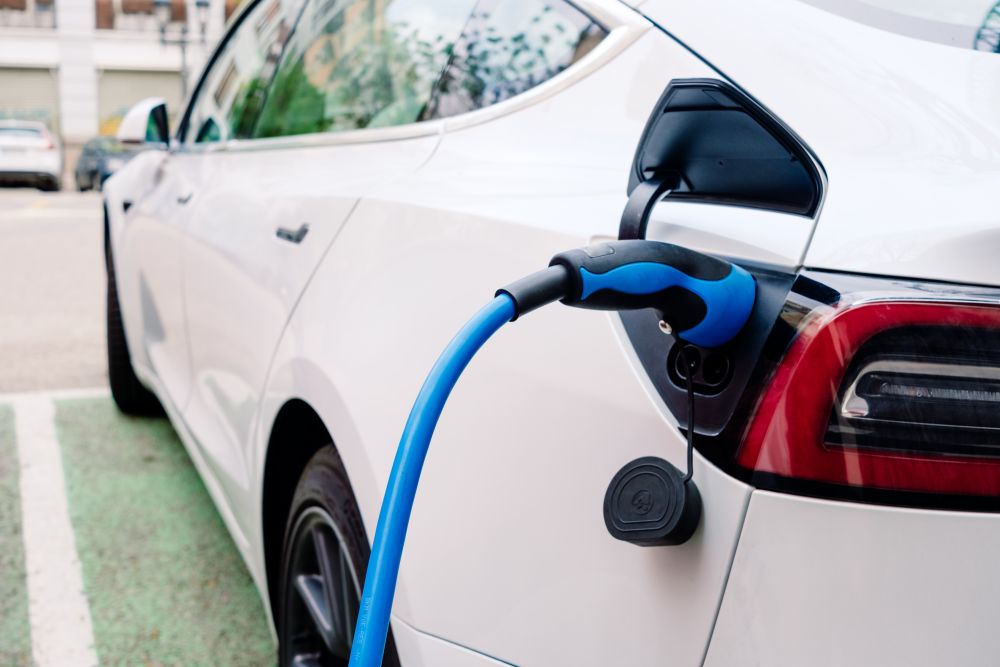Technology
How Electric Cars Work and Revolutionize Transportation


Electric vehicles are becoming increasingly popular as people look for ways to reduce their carbon footprint and live a more environmentally-friendly lifestyle. Electric cars have come a long way since General Motors’ experiment with the EV1, an electric vehicle (EV) that was leased to a select group of customers between 1996 and 1999. But how do electric cars work, and what makes them different from traditional gasoline-powered vehicles?
At the heart of an electric car is the electric motor. This motor uses electrical energy to generate mechanical energy, which is what propels the vehicle forward. In most electric cars, the motor is powered by a rechargeable battery that is stored in the car’s floor or trunk.
The battery itself is made up of many small battery cells, which are connected together to form a large, high-voltage battery pack. The battery pack is charged using an external power source, such as a home charging station or a public charging station. When the car is being driven, the energy stored in the battery pack powers the electric motor, which in turn drives the car’s wheels.
One of the biggest advantages of electric cars is their efficiency. Unlike gasoline-powered vehicles, which waste a significant amount of energy as heat, electric cars convert a much higher percentage of the energy stored in their batteries into actual motion. This means that electric cars can travel much farther on a single charge than traditional cars can on a tank of gas.
Another key advantage of electric cars is their low maintenance requirements. Because they don’t have a traditional internal combustion engine, they don’t require oil changes or other routine maintenance tasks. However, it’s important to note that electric cars do require regular maintenance on their battery packs and electrical systems to ensure optimal performance.
Charging an electric car is also a bit different from refueling a traditional car. There are three main ways to charge an electric car: at home using a home charging station, at a public charging station, or on-the-go using a portable charger. Most electric cars have a range of 100-400 kilometers on a single charge, which is more than enough for most daily commutes.
In the Philippines, the government offers some incentives to encourage the adoption of EVs. One of the main incentives is the exemption of EVs from the excise tax imposed on traditional vehicles. Additionally, the government has partnered with several private companies to establish charging infrastructure in various parts of the country.
Despite the slow progress, the potential for electric vehicles in the Philippines is significant. The country’s heavy traffic and dependence on imported oil make it a prime candidate for the adoption of EVs. With the right policies and infrastructure in place, the country could see a significant increase in the number of electric vehicles on its roads in the coming years.
































